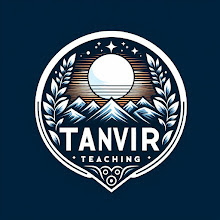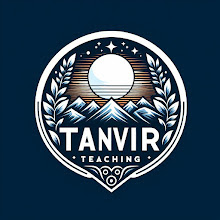Elevating Tradition: How AI Transforms Traditional Art Forms
Introduction:
Art, as a reflection of human expression, has evolved through centuries, and the integration of Artificial Intelligence (AI) is ushering in a renaissance for traditional art forms. This article explores the profound impact of AI on conventional artistic expressions, revealing how technology seamlessly integrates with age-old traditions to create a harmonious blend of the classical and the contemporary. Join us as we delve into the transformative influence of AI on traditional art forms, with expanded insights into each numbered point.
1.
**AI and the Renaissance of Traditional Art:**
In the age of technology, AI serves as a catalyst for the renaissance of traditional art forms, injecting a new breath of life into practices that have stood the test of time. AI algorithms are not replacing artists but rather empowering them with tools that expand their creative boundaries.
2.**
Unleashing the Power of AI-Enhanced Drawing:**
AI algorithms are revolutionizing the art of drawing, offering artists a rich palette of tools to enhance their skills. Whether it's assisting in precise line work or generating intricate patterns, AI-driven drawing tools empower artists to experiment with new techniques while preserving the authenticity of hand-drawn art. This collaborative process is reshaping the very essence of drawing.
3.**Redefining
the Canvas: AI in Painting:**
The impact of AI extends to the canvas, where it redefines the painting process itself. Generative algorithms allow artists to explore unique styles, color schemes, and compositions. AI painting tools act as collaborative partners, providing inspiration and augmenting the creative process. The result is not just a painting but a harmonious synthesis of human imagination and AI-driven innovation.
4.**
Sculpting the Future: AI in Traditional Sculpture:**
Traditional sculpture undergoes a metamorphosis with the incorporation of AI. Beyond assisting in the design phase, AI is now utilized in conjunction with robotic arms for intricate carvings, enhancing the precision and intricacy of traditional sculpture. This fusion of craftsmanship and cutting-edge technology illustrates a synergy between tradition and innovation.
5.**
Digital Harmony: AI and Traditional Music:**
AI's influence transcends the visual arts, permeating the world of traditional music. Machine learning algorithms analyze patterns, styles, and historical compositions to assist musicians in creating harmonious pieces. The result is a unique fusion of classical melodies with AI-driven innovation, where tradition and technology harmonize to create captivating musical compositions.
6.**
Theatrical Innovation: AI in Performing Arts:**
Performing arts embrace AI to amplify theatrical experiences. Beyond analyzing audience reactions, AI is increasingly being used to adapt performances in real-time. Virtual and augmented reality technologies enhance stage designs, transporting traditional theater into immersive and dynamic realms. This confluence of AI and performing arts represents a transformative shift in the way stories are told on stage.
7.** Preserving Heritage: AI in Conservation:**
AI plays a pivotal role in the conservation of traditional artworks. Image recognition algorithms aid in the restoration process, identifying damaged areas and suggesting precise restoration techniques. This fusion of AI and conservation ensures the preservation of cultural heritage for future generations, marking a technological leap in the care and restoration of traditional art.
8.**
Navigating Ethical Considerations:**
As AI becomes integral to traditional art forms, ethical considerations take center stage. Issues of authorship, copyright, and the balance between human creativity and AI-driven assistance require careful navigation. Striking a harmonious coexistence is crucial to ensure the ethical evolution of traditional art in the digital age.
9.**
AI and the Democratization of Art:**
One transformative aspect of AI in traditional art is its role in democratizing creativity. AI tools make art creation accessible to a broader audience, empowering individuals with varying skill levels to engage in artistic pursuits. This inclusivity expands the traditional art community, fostering a diverse and vibrant ecosystem where creativity knows no bounds.
10.**
Engaging the Art Community: AI in Art Critique and Analysis:**
AI extends its reach into art critique and analysis, offering insights and perspectives that complement human assessments. Machine learning algorithms analyze art trends, helping artists and critics understand evolving tastes and styles within the traditional art community. This collaborative analysis between AI and human expertise enriches the discourse surrounding traditional art.
Collaborations between artists and AI are opening up new avenues for creative exploration. Traditional artists experiment with AI tools to bring futuristic visions to life, creating a bridge between the classical and the avant-garde. This collaborative spirit not only pushes the boundaries of artistic expression but also challenges preconceptions about the intersection of tradition and technology.
Conclusion: Harmonizing Tradition and Innovation
In conclusion, the impact of AI on traditional art forms is a testament to the harmonious coexistence of tradition and innovation. As artists embrace AI as a tool rather than a replacement, a new chapter unfolds in the history of art. The synergy between human creativity and AI-driven enhancements creates a landscape where the past and the future converge, ensuring that traditional art forms remain not just relevant but vibrant in the digital age. This seamless integration of tradition and technology is not a replacement of the past but a respectful nod to the timeless beauty of artistic expression.






.jpg)






0 Comments